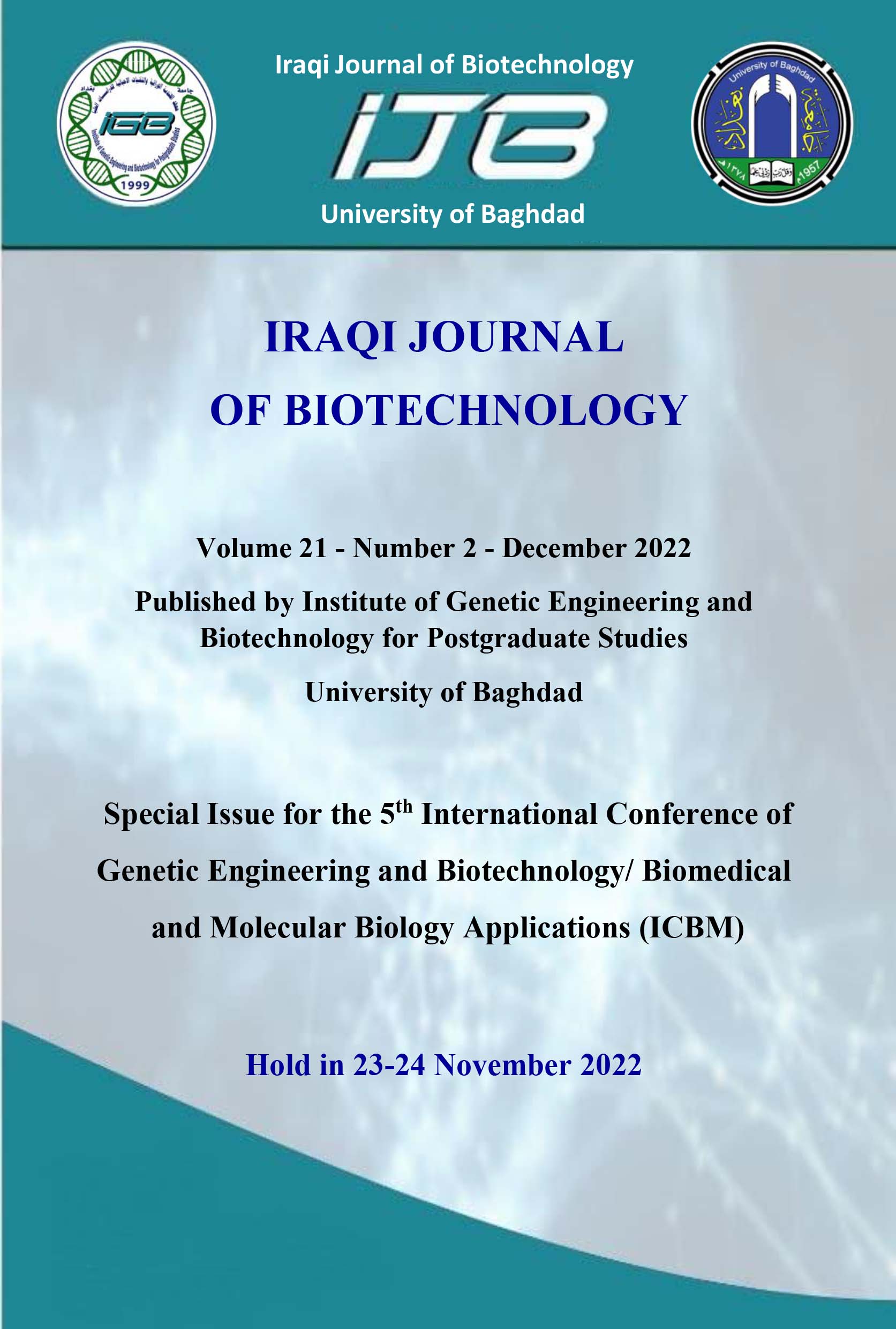Molecular Detection of Some Sexually Transmitted Bacteria and Trichomonas vaginalis in Iraqi Married Couples
Abstract
Sexually transmitted infections (STIs) are a very frequent and under-diagnosed cause of illness worldwide. Sexually transmitted infections can adversely affect a woman's pregnancy and the health of the developing fetus. This study aimed to investigate the prevalence rate of STI pathogens including Chlamydia trachomatis, Mycoplasma hominis, Neisseria gonorrhoeae, and Trichomonas vaginalis in symptomatic Iraqi patients of married couples by molecular method. A total of 108 clinical samples were collected from symptomatic patients of married couples which included (cervical swabs from women and Semen from men) who were referred to two specialized hospitals and one private specialized hospital in Baghdad, Iraq, between November 2020 to march 2021, also 50 healthy controls were contributed in this study. After DNA extraction of samples, the PCR was carried out with specific primers. Finally, the results were analyzed. Among 108 symptomatic patients, the prevalence of Chlamydia trachomatis, Mycoplasma hominis, Neisseria gonorrhoeae, and Trichomonas vaginalis was 16 (14.8%), 11 (10.2%), 8 (7.4%), and 6 (5.5%), respectively. The frequency of the bacterial infections (32.4%) was more than the infection with T. vaginalis (5.5%). According to the age group it was found that the bacterial and parasitic infections were high in the patients with the age more than 26 years old in comparison with the younger patients and the most prevalent microorganism was Chlamydia trachomatis among all age groups. Tow infections (4%) were recorded among healthy individuals by M. hominis, and T. vaginalis. It was concluded polymerase chain reaction is a good diagnostic tool for sexually transmitted infections because it has high sensitivity and specificity, and it was found that C. trachomatis, and Mycoplasma hominis are the most prevalent among symptomatic patients.


